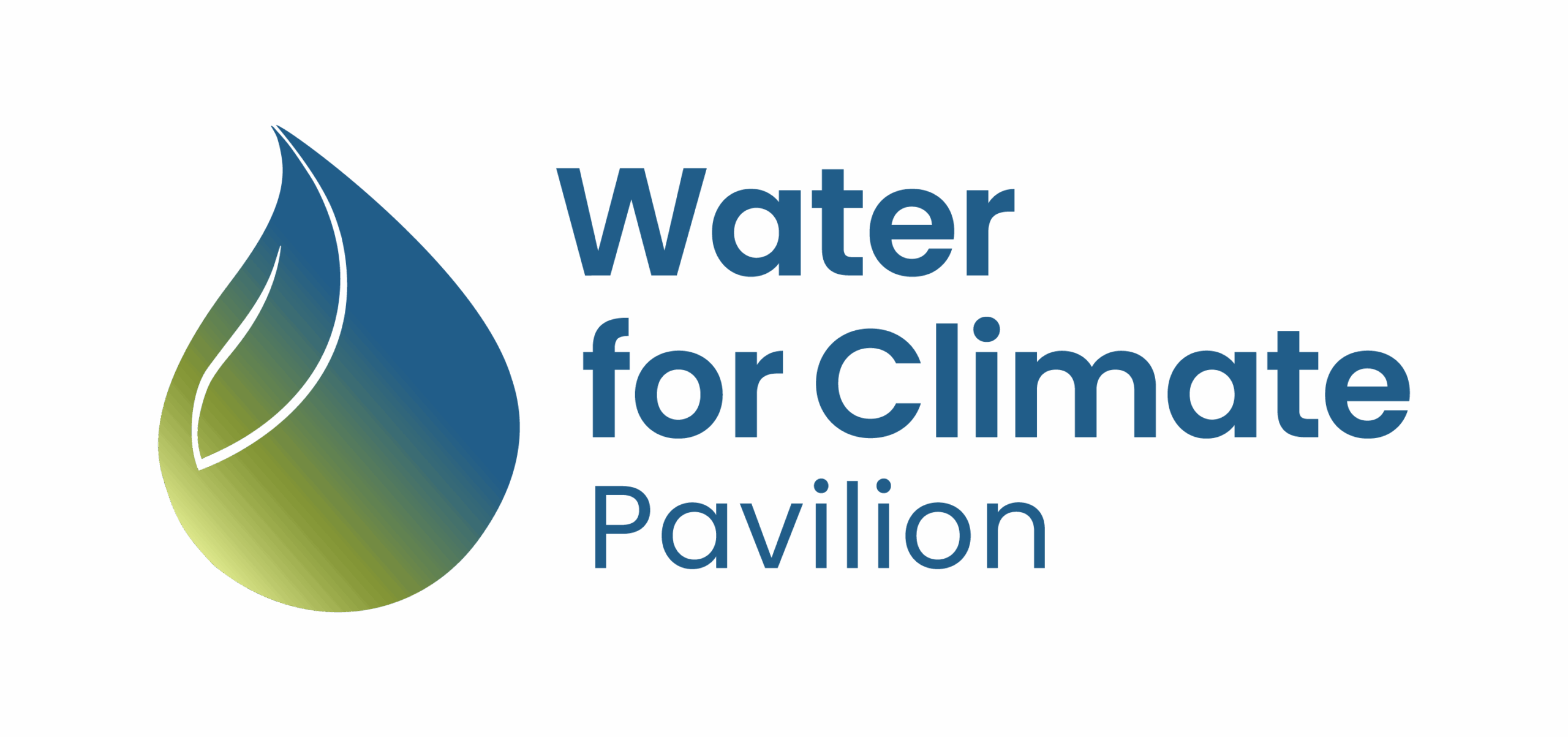Recognizing the interdependencies between water and ecosystem dynamics and their consequences for the climate show a strategic path for adaptation.
The restoration of springs, riverbanks and other wetlands support the targets of several agendas simultaneously: water, climate, desertification, biodiversity, disasters. In this sense, this strategic action is relevant for the implementation of UNCCD, CBD, UNFCCC, Ramsar, Sendai and SDG.
Considering the riverbanks and springs as wetlands, these ecosystems cab be used as a connector of all these conventions and their objectives. This approach brings many reflections: Could the recovery of riverbank and spring vegetation be a global goal for water-related climate adaptation? Should we invest efforts to recover strategic wetlands? The reflections are super relevant, considering the UNFCCC is currently discussing its adaptation global goals for the Paris Agreement implementation.


